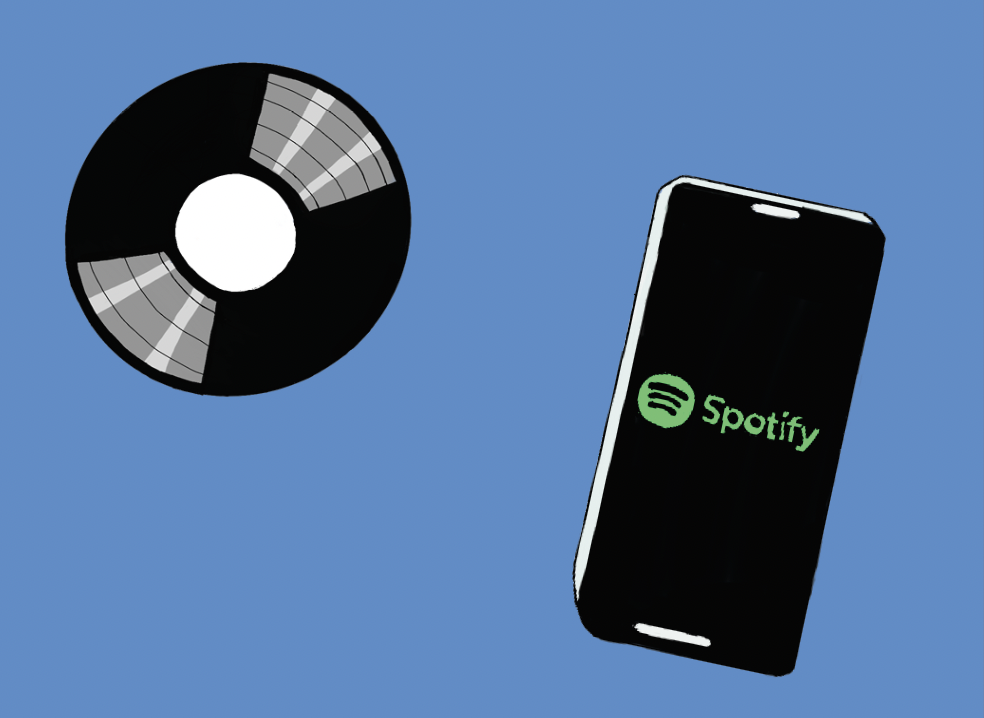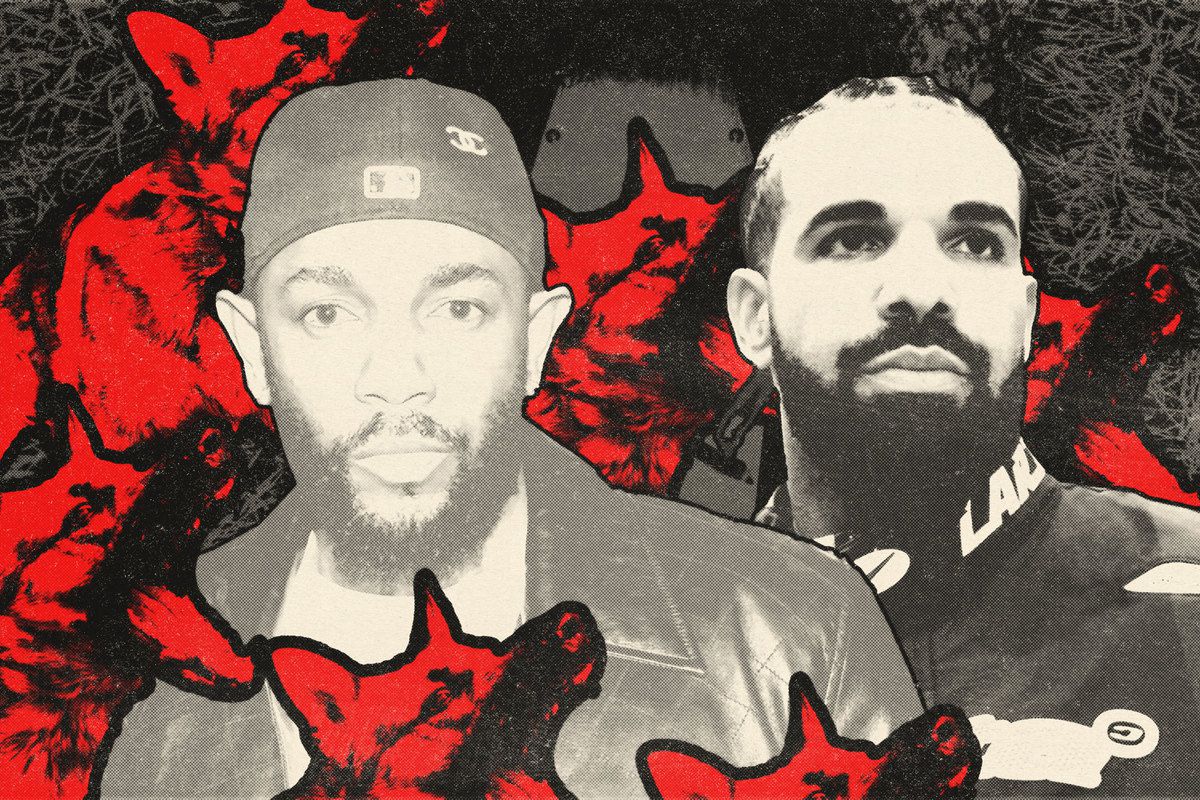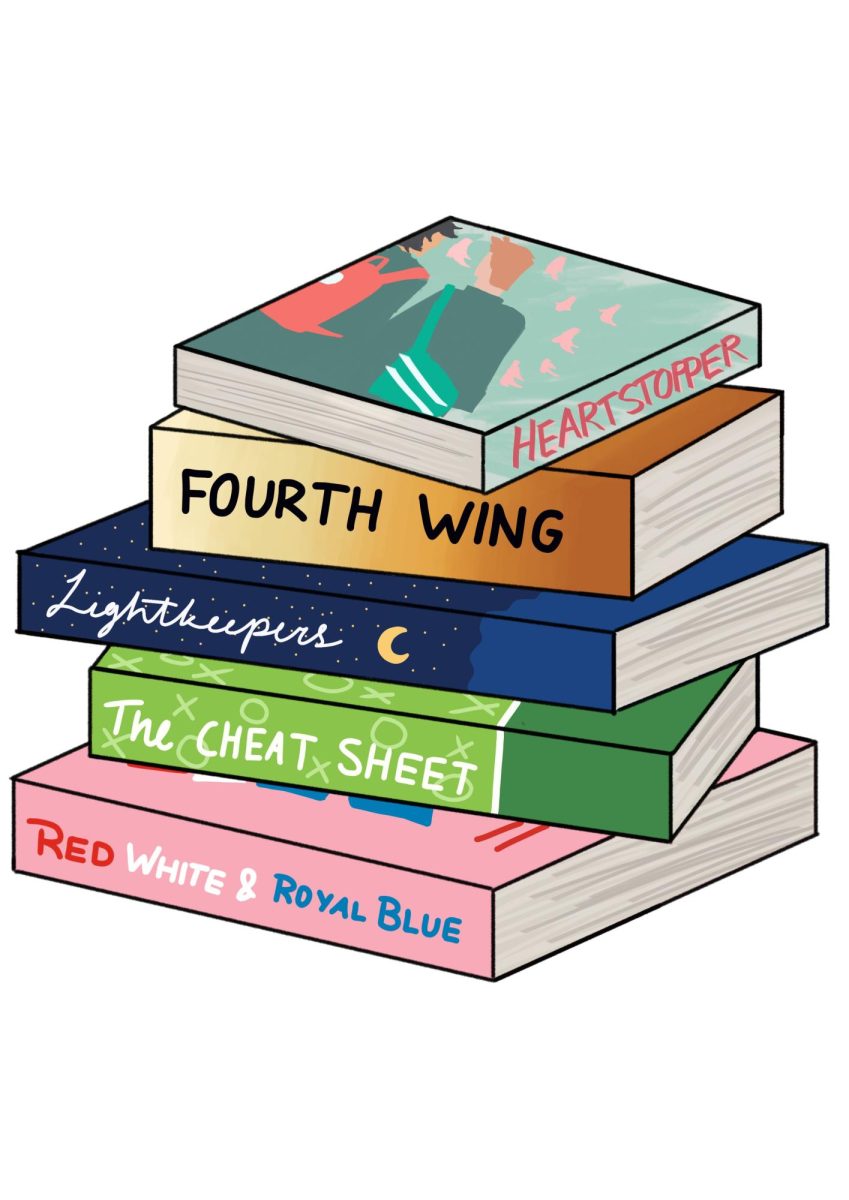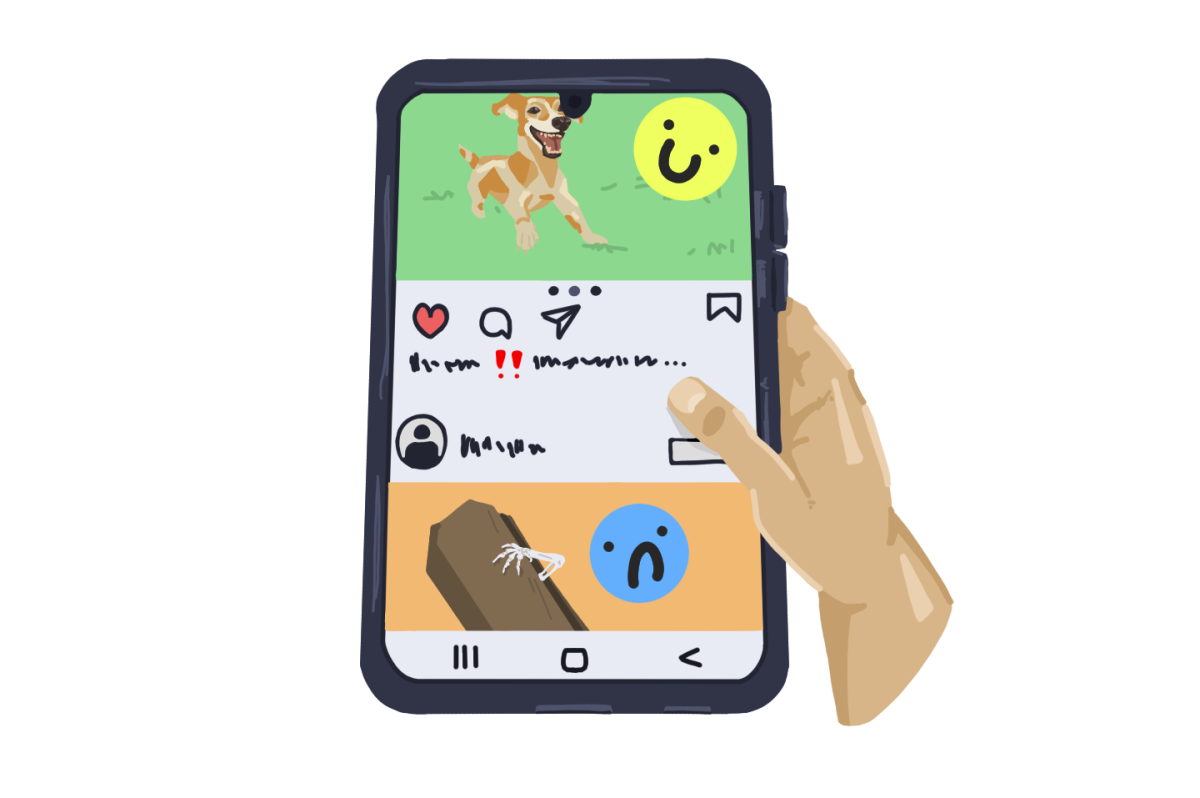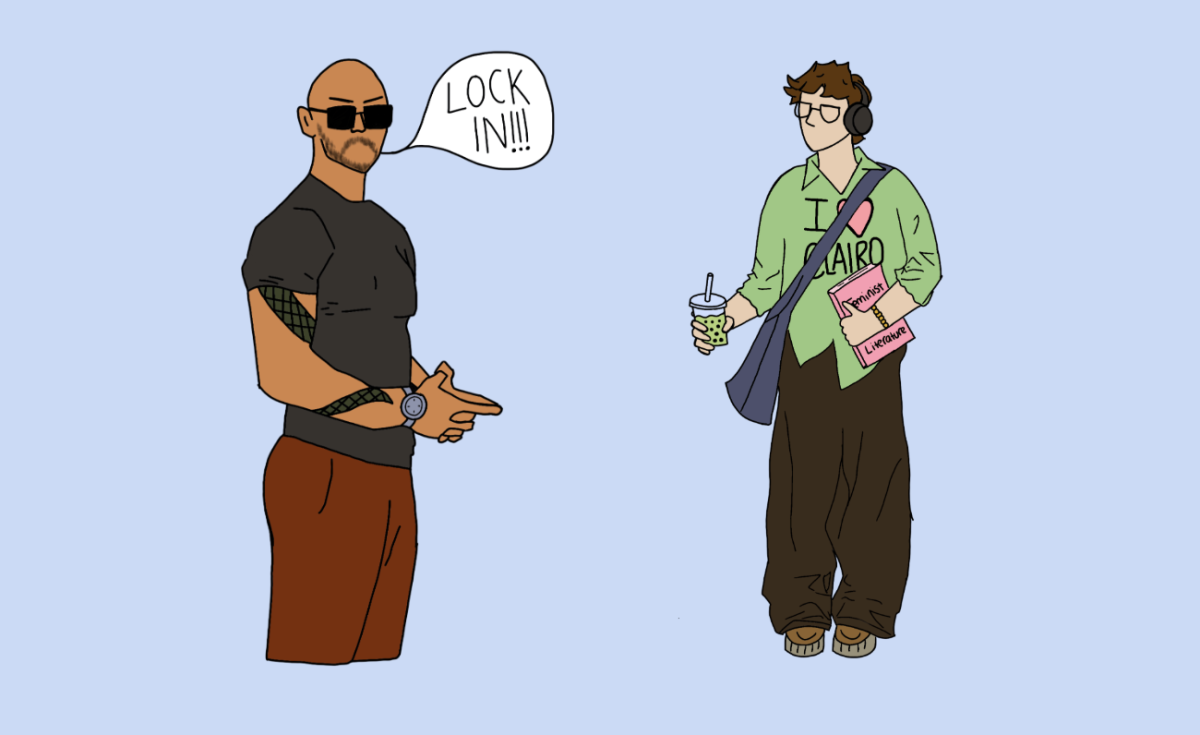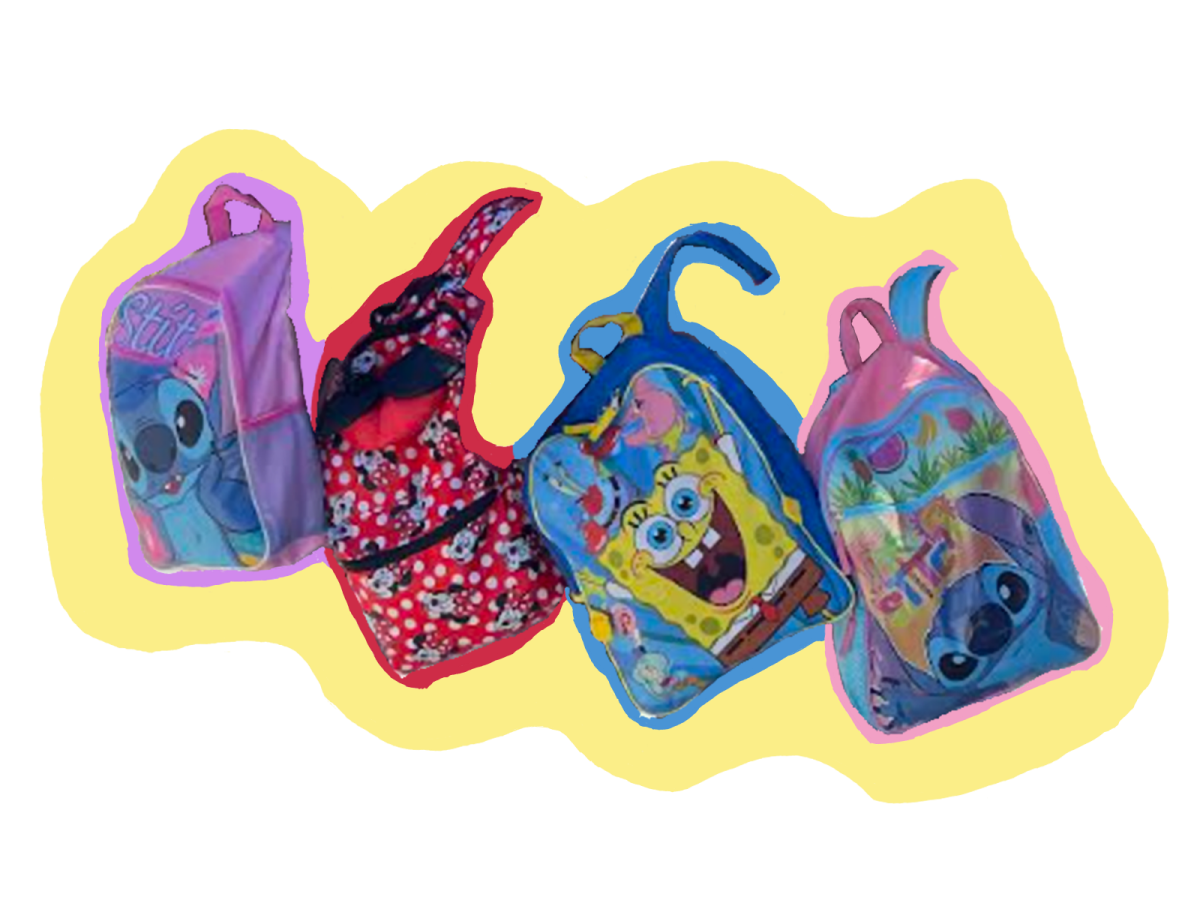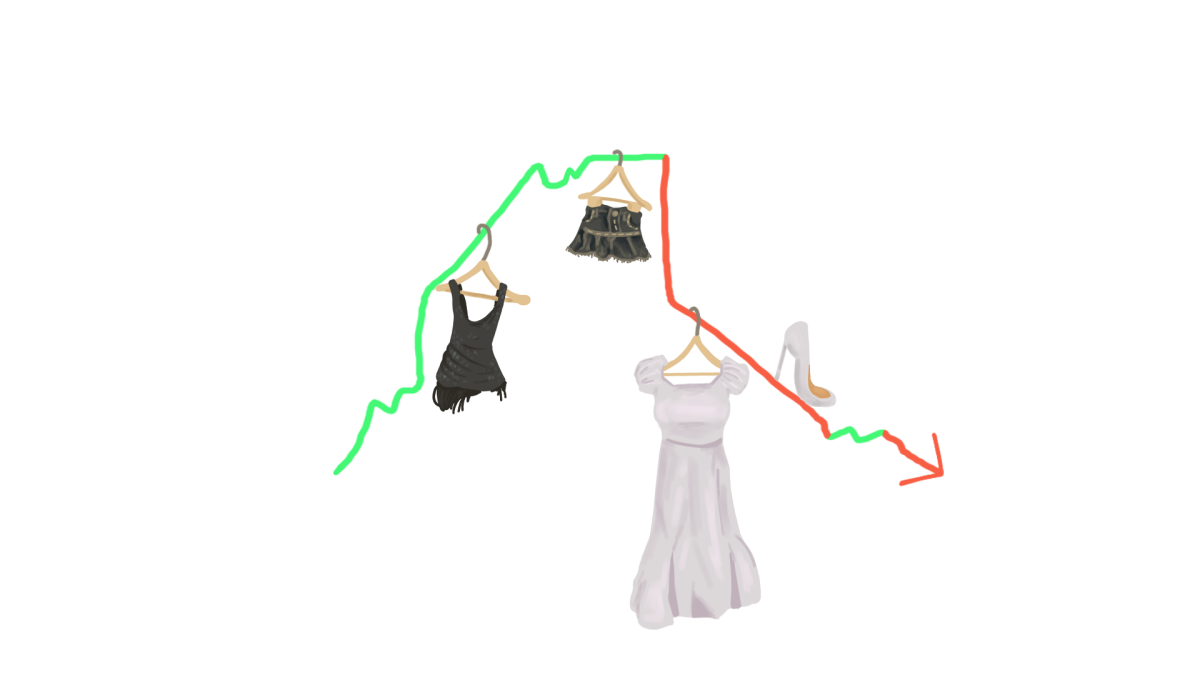Even with all the different music genres and singers out there, there are only a few ways to enjoy music. There are apps like Spotify or Apple Music, but there are also records, CDs or tapes. Music on phones is great for on-the-go listening, but it also includes advertisements if premium is not bought. Vinyl is not as portable, but it is a one-time purchase with no ads. Although that doesn’t determine which one is better, it can help with people’s decisions.
One of the main differences between online and offline music is clearly that one version is on phones and the other is physical. Another big difference is where the music is bought or streamed. Buying music on iTunes or paying for Spotify Premium happens through a big worldwide company. In contrast, buying vinyl and CDs usually happens at a local independent record store or online small business. Where people buy their music also affects how much the artists get paid.
“Downloading gives very little money to the artist and streaming gives even less,” manager of Streetlight Records Paige Brodsky said. “It’s the record companies and the streaming companies that are making the money off that, not the artist, not the record store. And I have a problem with that, like it’s a fraction of a penny every time a song is streamed for an artist.”
According to a Ditto Music article, artists get paid about a third of a cent per stream on Spotify, meaning for 1000 streams artists get paid only $3, and for small artists, that is not enough money to make a living. For more popular artists like Taylor Swift and Olivia Rodrigo, this is not a big problem, but for smaller artists it is. Selling vinyl makes more money for the artists themselves, as most records are around $30 and CDs are $15. ASCAP said that artists get about 10% to 15% of the money from a single sold copy, so if a record is $30 the artist would get three to five dollars for that copy. Though that does not seem like a lot, hard copies can sell very fast and in big numbers.
“So for that reason, I’m not a fan of the online formats, and artists cannot make a living that way,” Brodsky said. “They have to sell physical products, they have to sell concert tickets, they have to sell t-shirts and hats and stickers and buttons if everybody’s only just streaming.”
According to a Grammy Awards article, CDs made a comeback in 2021 and sales rose for the first time in almost two decades. This is most likely due to the pandemic since having portable music was not as crucial because everyone was at home and not traveling anywhere. According to theconversation.com, the same thing has been happening with vinyls, or records, where in 2022 people spent about $1.2 billion on records and outsold CD sales.
“The records have been steadily going up,” Brodsky said. “Their growth has been growing, particularly dollar-wise but also quantity-wise. For the last 13 years in a row and it does not look like it’s going to stop anytime soon, which is great.”
Vinyls and CDs are also collectable items for fans. When artists come out with deluxe albums, reissues, special editions of albums or signed copies, lots of fans scramble to get the hard copy as memorabilia. Even if they do not have a record or CD player at home, having the hard copy can be special. While fans can listen to reissues and deluxe albums on an app, there can be special perks to getting a real copy like a poster or added goodies that do not come with streaming online.
“And it’s you know, it’s fascinating to meet those people and hear about how they built their collection and how long it took them,” Brodsky said.
Records and online music are vastly different and everyone is going to have their own opinions on which one is better. There is no right answer as there are both pros and cons to each and both are very different. Whether people are listening to online music or a physical copy, the person is still listening to music and enjoying themselves which is the most important part.


